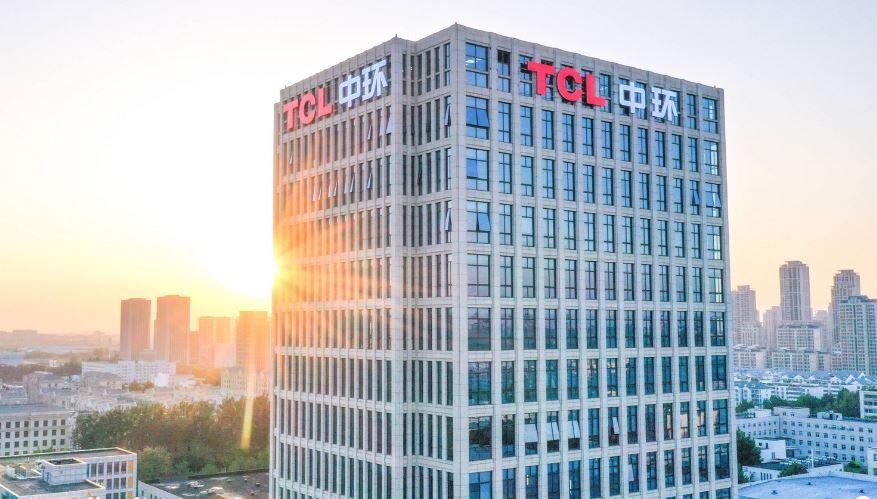Lhyfe is focusing on a combination of renewable sources, especially offshore wind, to scale up hydrogen production, Lhyfe's Jérémy Langon told pv magazine in a recent interview. Its approach is driven by expectations of faster market development.
“What we don't know is how the potential offtakers will react to cost information they receive on the market,” Langon said. “But we see that the hydrogen market is developing very quickly … refurbishing wind farms and increasingly solar farms will be good opportunities for us.”
Lhyfe deploys modular 100% green industrial hydrogen production plants for mobility and industry. The company inaugurated its first green hydrogen production in Vendée, western France, in 2022.
“We are already producing hydrogen and delivering to customers,” said Langon.
Lhyfe's next project to be commissioned is in France. It has signed a 16-year electricity supply contract in the country with VSB Energies Nouvelles for the Buléon wind farm. Lhyfe Bretagne will take 100% of the green electricity.
“We need to secure [power purchase agreement] with potential producers, with VSB being one of them,” Langon said. The 2-ton-per-day project is the second one to become operational.
Lhyfe has three sites under construction in France, including one extension. There are three more projects in Germany and one in Sweden. The new production sites will have a combined installed capacity of 5 MW to 10 MW. The hydrogen company also signed a 15-year corporate PPA with Kallista Energy, with the contract including the commissioning of a repowered wind park by mid-2024.
Lhyfe is exploring offshore wind with its first R&D project, the Sealhyfe facility in the Atlantic Ocean. It's the world's first offshore hydrogen production facility, featuring a single wind turbine.
“The Hope project in Belgium is the natural continuation,” said Langon.
The company sees potential in using solar energy for hydrogen production because it offers slightly lower electricity costs compared to wind parks, in line with Lhyfe's focus on co-locating electricity and hydrogen production.
“Solar is positive in this regard,” he said.
Lhyfe aims to secure power purchase agreements involving a range of renewable sources to align with electricity production and consumption, meet EU regulations, and achieve cost efficiency, as wind and solar energy are slightly cheaper.
“We still can't rule out hydropower, but in general, a mix of renewables is the way forward,” he said.
According to Langon, Lhyfe is lobbying European and national authorities to develop hydrogen project subsidies.
“We are at the beginning of the market, and we need to decrease costs. We can't do that without subsidies,” he said.
Langon said schemes are needed to incentivize production and construction, but without these subsidies, there will not be “big plants in Europe.”
This content is protected by copyright and may not be reused. If you want to cooperate with us and would like to reuse some of our content, please contact: editors@pv-magazine.com.



1 comment
By submitting this form you agree to pv magazine using your data for the purposes of publishing your comment.
Your personal data will only be disclosed or otherwise transmitted to third parties for the purposes of spam filtering or if this is necessary for technical maintenance of the website. Any other transfer to third parties will not take place unless this is justified on the basis of applicable data protection regulations or if pv magazine is legally obliged to do so.
You may revoke this consent at any time with effect for the future, in which case your personal data will be deleted immediately. Otherwise, your data will be deleted if pv magazine has processed your request or the purpose of data storage is fulfilled.
Further information on data privacy can be found in our Data Protection Policy.